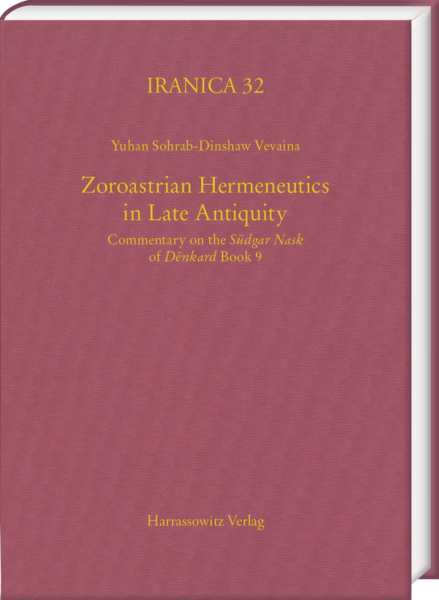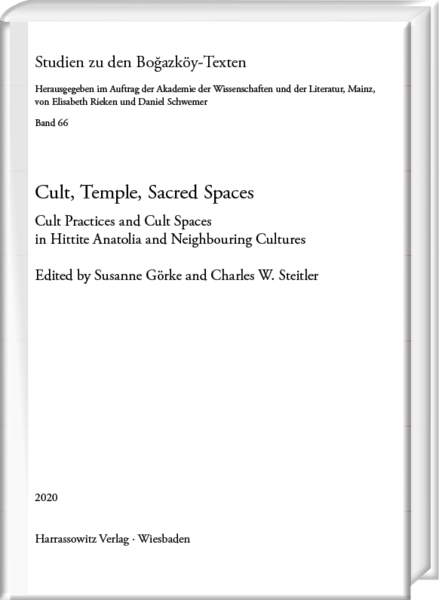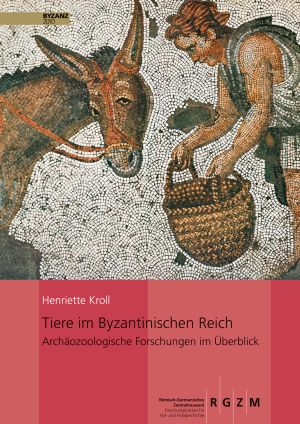The Sūdgar Nask of Dēnkard Book 9 is one of the most enigmatic and yet fundamental texts of Zoroastrianism. It is a commentary on the ‘Old Avesta’ of the 2nd millennium BCE produced in Pahlavi (Zoroastrian Middle Persian) in the Sasanian (224–651 CE) and early Islamic centuries. This commentary purportedly based on earlier Pahlavi translations and commentaries of lost Young Avestan tractates commenting in turn on the 'Old Avesta' is a value-laden, ideologically motivated discourse that displays a rich panoply of tradition-constituted forms of allegoresis. This terse yet highly allusive text mobilizes complex forms of citation, allusion, and intertextuality from the inherited Avestan world of myth and ritual in order to engage with and react to the profound changes occurring in the relationships between theology, religious praxis, national identity, and imperial politics in Iranian society. Despite its value and importance for developing our nascent understanding of Zoroastrian hermeneutics and the self-conception of the Zoroastrian priesthood in Late Antiquity, this primary source has attracted scant scholarly attention due to the extreme difficulty of its subject matter and the lack of a reliable translation. Volume 32 serves as an intertextual commentary on this often-bewildering text. It contextualizes and historicizes the traditional intersignifications of the Sūdgar Nask which evince indigenous hermeneutical interventions that violate the ‘plain sense’ of meaning, thus challenging our philological approaches to understanding the archaic corpus of the ‘Old Avesta.’ Reading the Sūdgar Nask is a hermeneutic process of traversing texts, genres, and rituals in both the Avestan and Pahlavi corpora, thus activating nodes in a web or network of textual and meta-textual relations that establish new forms of allegoreses or meaning making. It is argued that this entire hermeneutical complex of weaving a ‘new’ text composed of implicit proof text and explicit commentary renews, extends, and, ultimately, makes tradition.
Reihe: Bandnummer: 32 Umfang/Format: XXXVIII, 476 pages Sprache: English Ausstattung: Book (Hardback) Abmessungen: 17.00 × 24.00 cm Gewicht: 1080g Erscheinungsdatum: 28.02.2024 Preise: 98,00 Eur[D] / 100,80 Eur[A] ISBN: 978-3-447-12114-9 DOI: 10.13173/9783447121149





